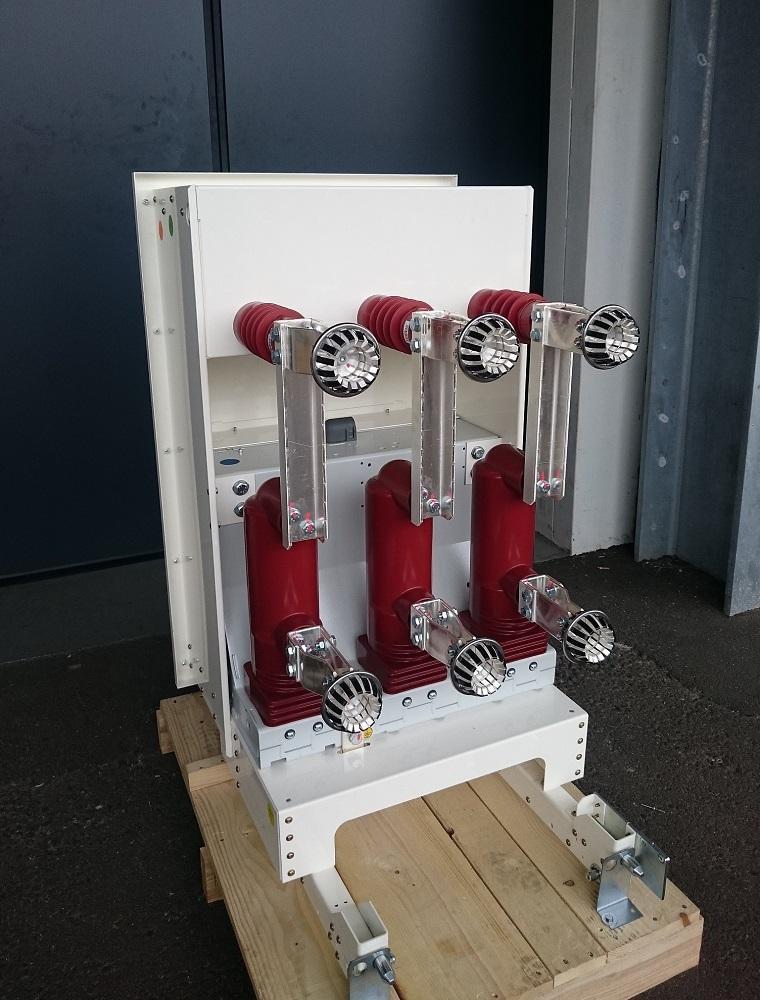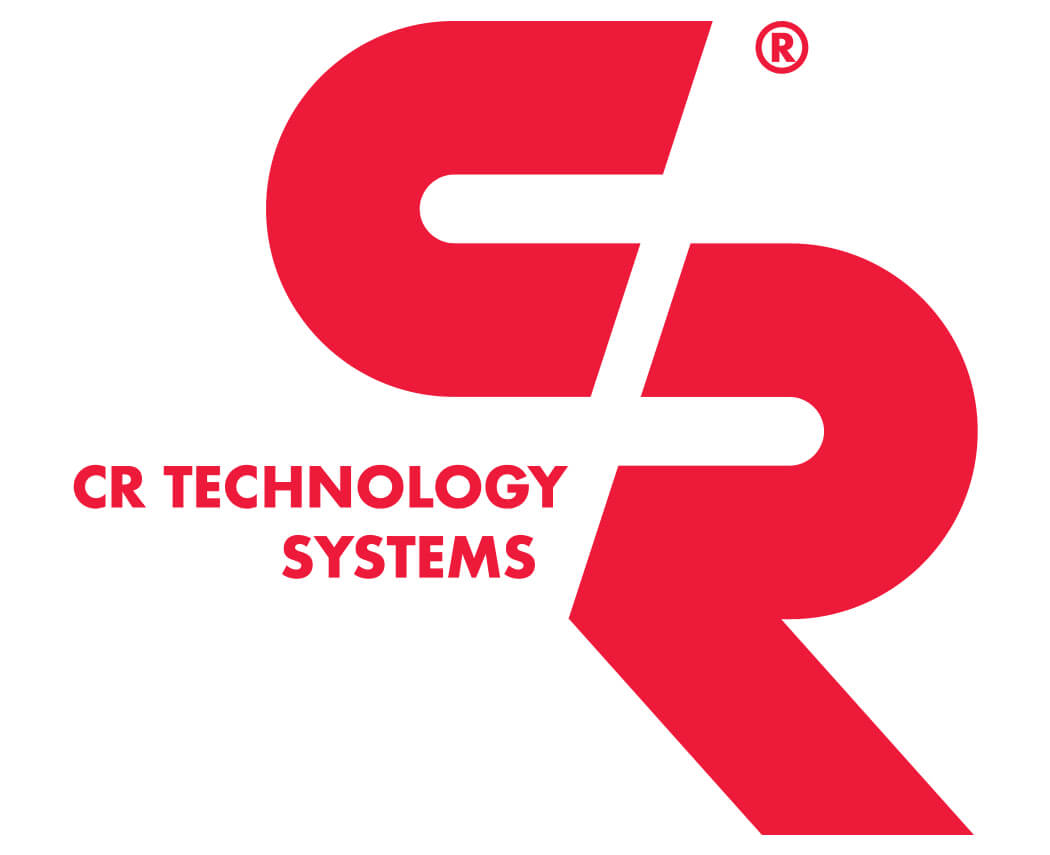IMPORTANCE OF MEDIUM VOLTAGE CIRCUIT BREAKER
Medium voltage circuit breakers are devices designed to protect electrical systems by interrupting or stopping the flow of current when a fault occurs. They are typically used in systems with voltage levels ranging from 1kV to 72.5kV, making them an important component of medium voltage power distribution networks.
When a fault occurs in an electrical system, such as a short circuit or an overload, the current flowing through the system can become dangerously high. Medium voltage circuit breakers are designed to detect these abnormal conditions and interrupt the flow of current, thereby protecting the system from damage and reducing the risk of electrical fires.
Overall, medium voltage circuit breakers are an essential component of modern electrical systems, providing an important layer of protection against electrical faults and ensuring the safe and reliable delivery of electrical power to homes, businesses, and other facilities.
TYPE OF CIRCUIT BREAKER
There are several types of medium voltage circuit breakers, including air circuit breakers, vacuum circuit breakers, and SF6 circuit breakers.
Each type has its own advantages and disadvantages, and the choice of circuit breaker will depend on factors such as voltage level, current rating, and fault current interruption capability.
C.R. Technology Systems company utilizes both vacuum and SF6 circuit breakers in our medium voltage switchgear for:
- Primary distribution installed in CRTS switchgear type Normal Clad
- Secondary distribution installed in CRTS switchgear type ATR
GUIDELINES FOR CHOOSING THE RIGHT CIRCUIT
Choosing the right medium voltage circuit breaker is crucial for ensuring the safe and reliable operation of electrical systems.
Some of the key factors that need to be considered when selecting a circuit breaker include:
- Voltage Level: Select a circuit breaker that is compatible with the voltage level of the system to ensure proper operation.
- Type of Application: Consider the specific application of the circuit breaker, such as primary distribution or secondary distribution, to meet the requirements of the system.
- Fault Current Level: Take into account the expected fault current level in the system and choose a circuit breaker with suitable interrupting capacity to handle it effectively.
- Environmental Conditions: Evaluate the environmental conditions in which the circuit breaker will operate, such as temperature, humidity, and altitude, to ensure its performance and longevity.
By following these guidelines, it is possible to select a circuit breaker that is best suited for the specific requirements of the electrical system, thereby minimizing the risk of equipment failure, downtime, and potential safety hazards.
C.R. Technology Systems prides itself on using only the best brands of circuit breakers in the market (ABB, Schneider, Siemens…), ensuring that our customers receive top-quality products that are reliable and durable. With our commitment to quality and customer satisfaction, you can trust us to provide the best circuit breakers for your electrical needs.
Emerging technologies are shaping the future of medium voltage circuit breakers, offering enhanced performance, environmental sustainability, and greater operational control in electrical systems and our company always pays attention to advanced monitoring systems, updated devices, and equipment.
APPLICATIONS OF MEDIUM VOLTAGE CIRCUIT BREAKERS
Medium voltage circuit breakers find application in various industries and electrical systems. Some of the common applications include:
- Power Generation: are used in power generation plants to protect generators, transformers, and other equipment from faults and overloads. They ensure the safe and reliable operation of the power generation system.
- Industrial Facilities: are employed in industrial facilities, such as manufacturing plants and refineries, to safeguard electrical equipment and machinery. They help prevent equipment damage and production downtime due to electrical faults.
- Commercial Buildings: are installed in commercial buildings to protect electrical systems, including distribution panels, switchgear, and transformers. They help maintain a stable power supply, ensuring uninterrupted operations.
- Infrastructure Projects: are utilized in infrastructure projects like transportation networks (railways, airports), hospitals, data centers, and shopping complexes. They play a vital role in protecting critical infrastructure and maintaining system reliability.
- Renewable Energy Systems: with the growing adoption of renewable energy sources, medium voltage circuit breakers are essential components in solar and wind power plants. They protect inverters, transformers, and other equipment from faults and enable efficient power generation.
- Utilities and Power Distribution: are integral to utility companies and power distribution networks. They protect substations, switchgear, and distribution lines, ensuring the safe and efficient distribution of electricity to consumers.
- Mining and Oil & Gas: are utilized in mining operations and oil and gas facilities to protect electrical equipment and personnel. They help prevent hazardous situations and ensure continuous operation in these demanding environments.
These are just a few examples of the wide-ranging applications of medium-voltage circuit breakers. Their importance in maintaining electrical system safety, protecting equipment, and ensuring reliable power distribution is crucial across various industries and sectors.

